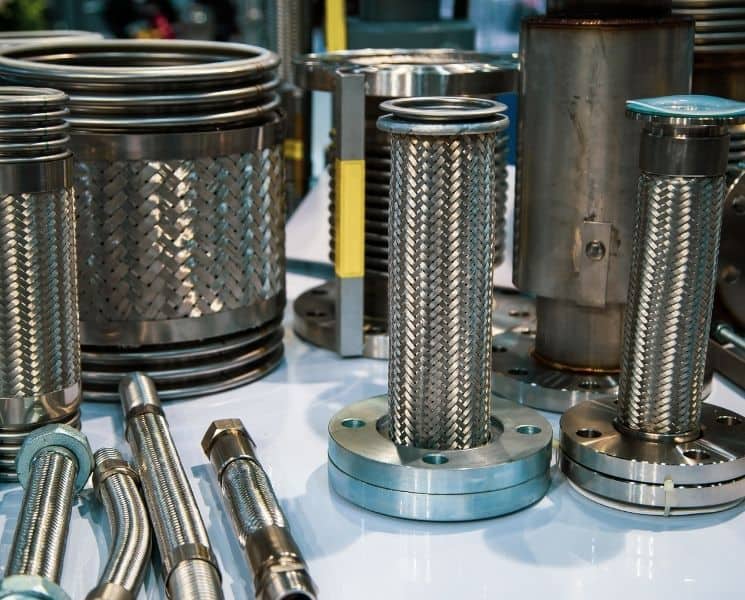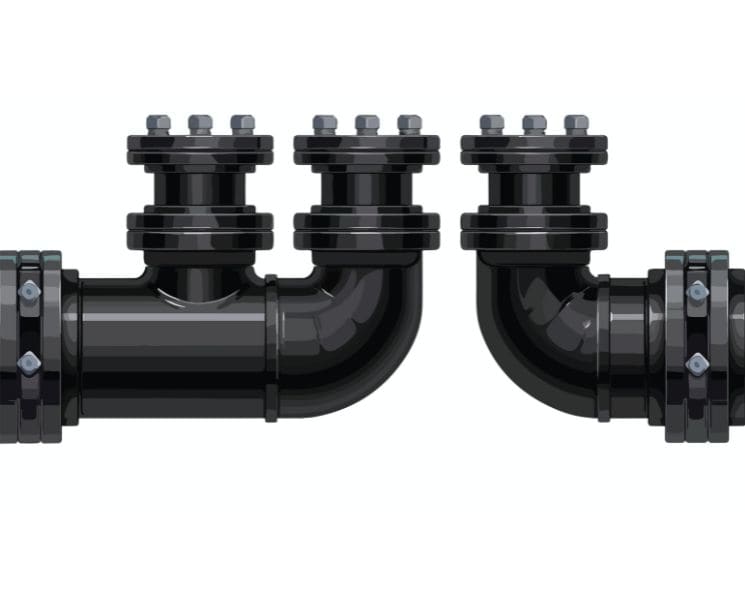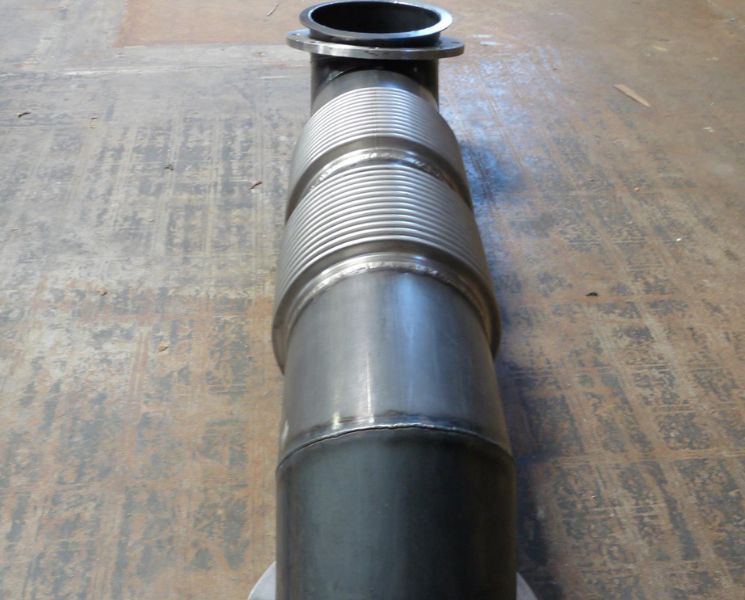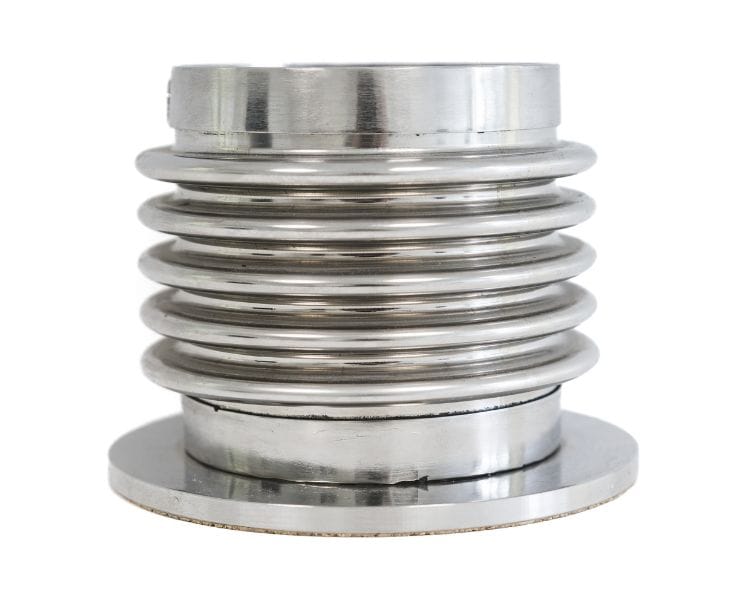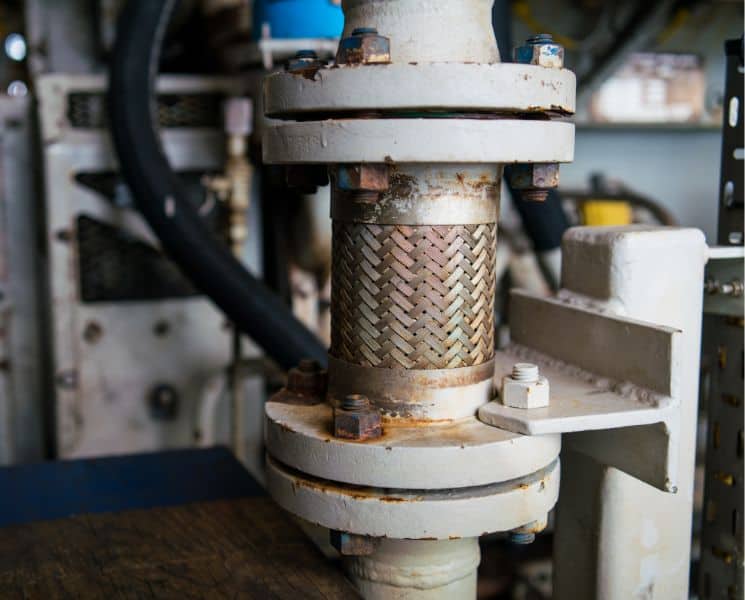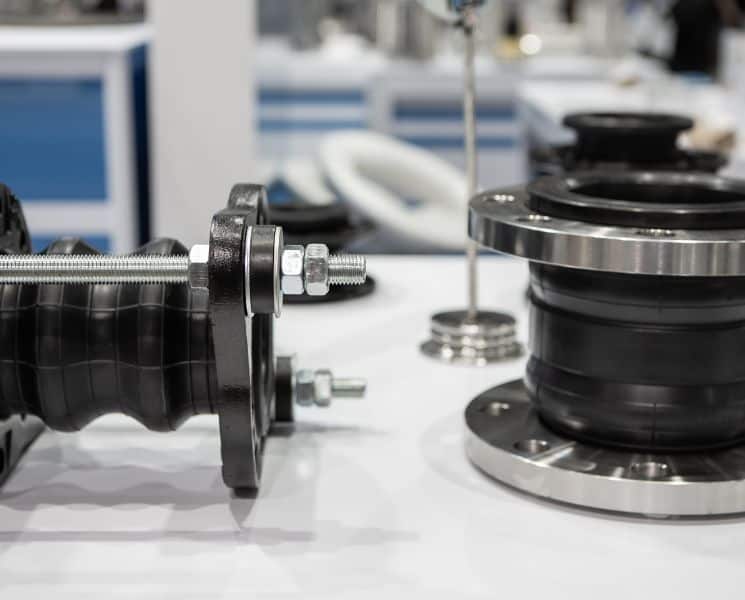Metal bellows are ubiquitous in many different industrial systems. Understanding how manufacturers create metal bellows can give you a better idea of what type of bellows will be best for your system.
There are two methods to produce bellows: welded or formed, but they both begin with the deep drawing process that creates tubes from sheet metal. In deep drawing, a machine draws in the sheet metal to create tubes. These tubes eventually become bellows through either welding or forming. Welding diaphragms create welded bellows; rolling tubes in a die machine produce formed bellows.
For forming, manufacturers have two different options: cold forming and hydroforming. Formed bellows are a more cost-effective method of producing bellows while still offering the flexibility and strength of welded bellows.
Explore why mechanical forming is best for manufacturing metal bellows and the processes used by expansion joint manufacturers to produce them.
Forming
Once the tubes are ready, they begin the process of becoming bellows. Again, there are two different methods a manufacturer can choose to create them: cold forming or hydroforming.
Cold forming is a less expensive process than hydroforming, but it still produces the same metal thinness and flexibility. There are several steps to the process, which are as follows:
- Manufacturers place the tubes over a die on the forming machine.
- The machine is programmed to produce the desired thickness set by design engineers. To do this, a set number of convolutions will form the bellow.
- The process begins with the die expanding and contracting the tube; this process thins the metal but doesn’t reduce its strength or flexibility.
- After the set number of convolutions are complete, the bellow goes into the re-rolling process.
Re-rolling
The re-rolling process is the final step of forming the bellows. Here, the piece is shaped to the precise dimensions set by the design engineer. Some manufacturers tend to skip this step, but by doing so, they minimize the capabilities of the finished bellows.
Understanding the process and why mechanical forming is best for manufacturing metal bellows and expansion joints will help you make informed decisions when choosing a bellows.
Explore the blogs at Triad Bellows to learn more about the production of bellows.

